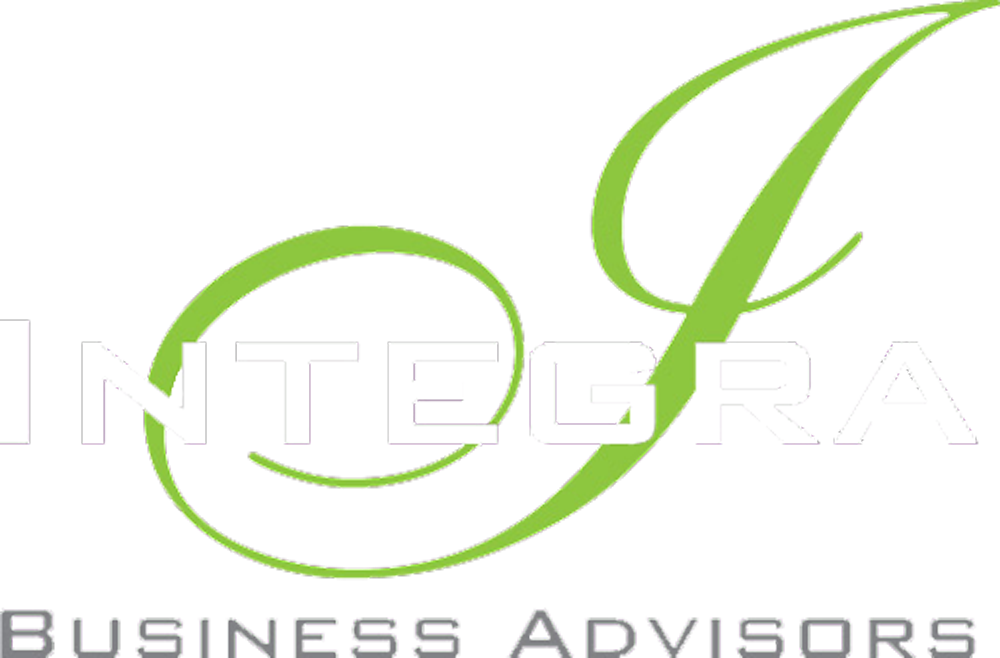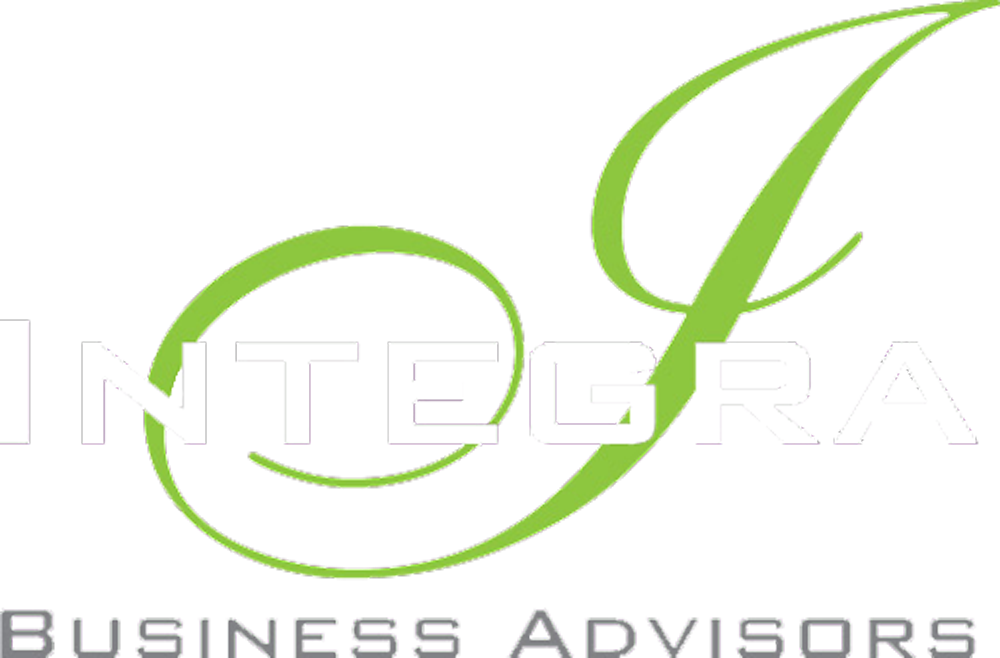Generally, if you have employees (including Directors) and you provide them with cars, car parking, entertainment (food and drink), employee discounts, loans, or reimburse private expenses, then you are likely to be providing a fringe benefit and we will need to register your business for FBT. There are 13 defined Fringe Benefit categories in the FBT law.
It’s important you start gathering all the details of these provided benefits as soon as possible using our annual FBT Questionnaire and Schedules, so we can calculate any potential FBT liability and lodge your FBT return on time – due 25 June 2024 with payment to be made by 25 June 2024.









